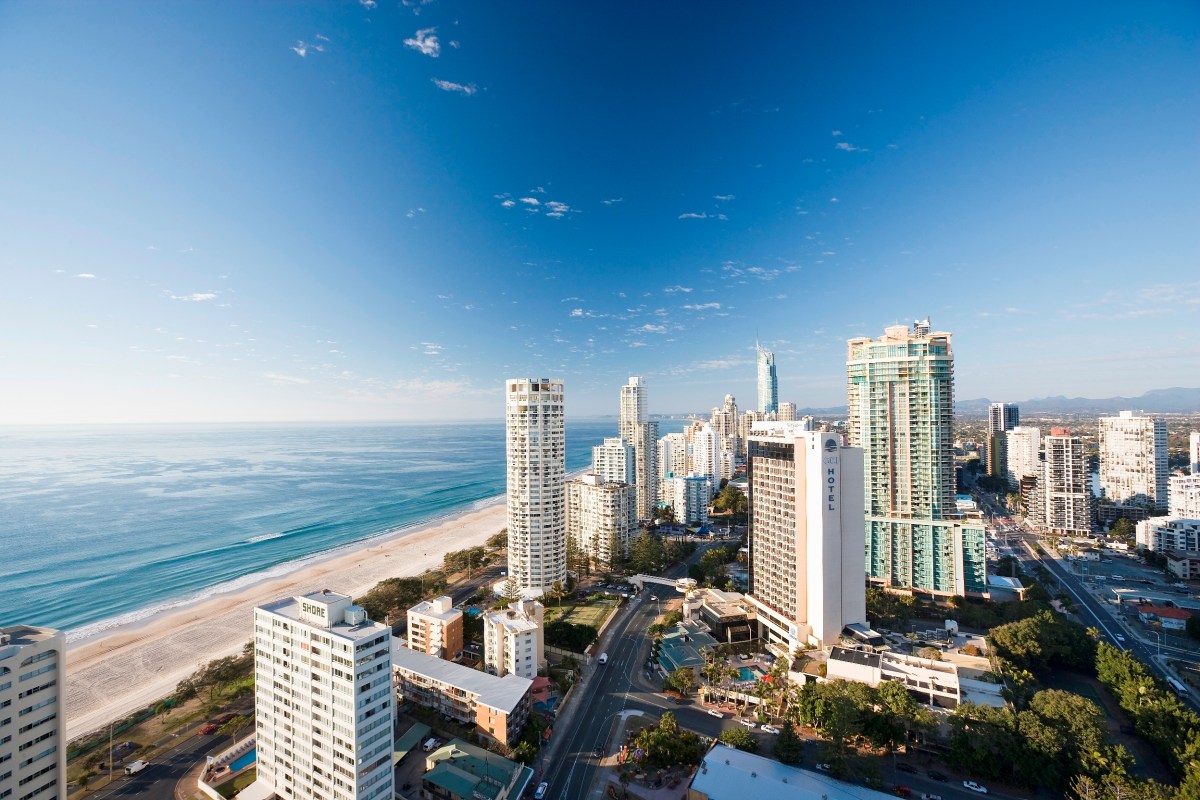
Despite a year of natural disasters across the planet, the accommodation industry continued to steam forward in 2011 with global hotel prices rising 4% according to the Hotels.com Hotel Price Index (HPI).
Prices fell 2% in Asia year-on-year but increased in all other areas. The Pacific region increased by 8%, North America by 5%, Latin America by 4%, the Caribbean by 3% and Europe and the Middle East by 2%.
“The hotel sector is a good barometer for the global economy as a whole – if business travellers are on the move, then confidence must surely follow,” said Hotels.com President, David Roche.
Hotel prices in Australia increased 9% to average $166 per night, ranking Australia equal third with Denmark on the list of countries with the highest hotel price rises.
New Zealand was first with an 11% increase to $122 per night and Sweden was second after hotel prices rose 10% to $201 per night.
In Australia, the Gold Coast, a popular destination for domestic and international holidaymakers and host venue for conferences and events, experienced the biggest increase of Australian destinations, up 19% year-on-year to $161.
Brisbane registered an increase of 18% to $174 per night and hotel prices in Perth, with its booming economy and challenge with hotel room supply, rose 17% to $184.
Average prices in business and tourism hubs Sydney and Melbourne were up 8% and 9% to $181 and $158 respectively.
Of the 23 domestic destinations surveyed, 17 experienced price increases. The Australian destinations to see decreases in room rates were Launceston, down 16% to $131; the Blue Mountains, down 8% to $174; Alice Springs, down 7% to $129; and Canberra, down 2% to $184.
The Hotels.com HPI is based on bookings made on Hotels.com sites around the world and tracks the real prices paid per hotel room (rather than advertised rates) for around 142,000 properties across more than 19,800 locations.

